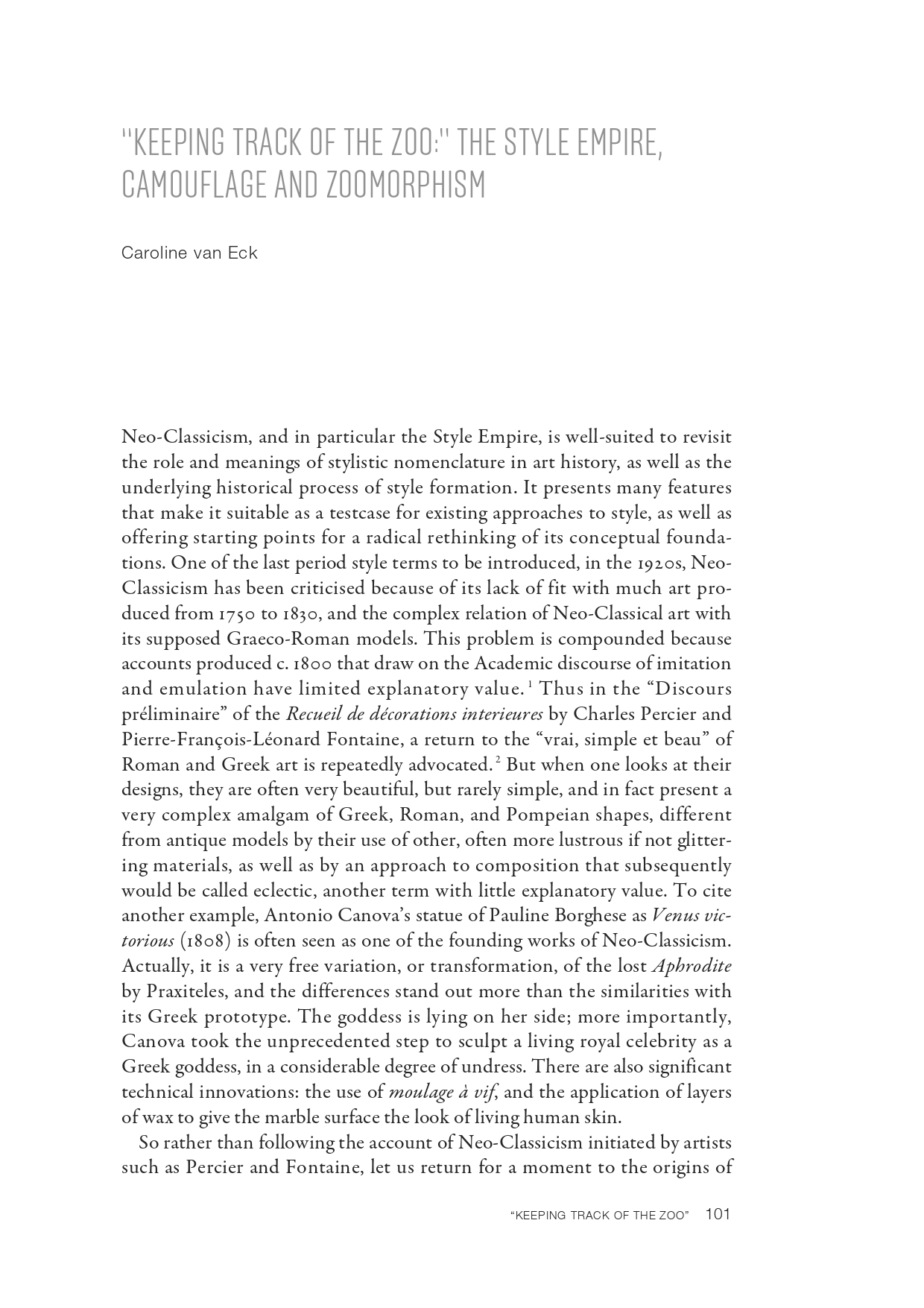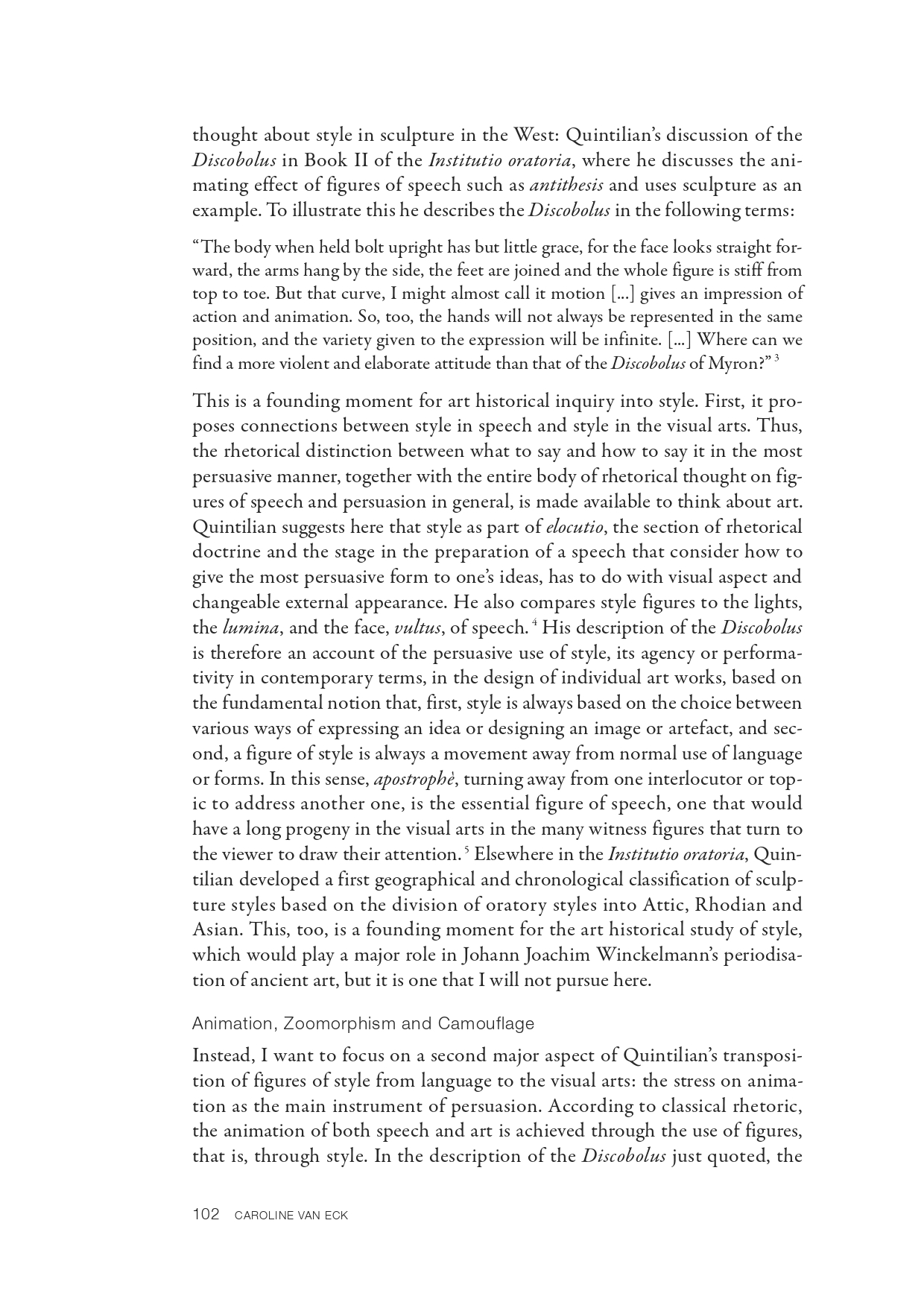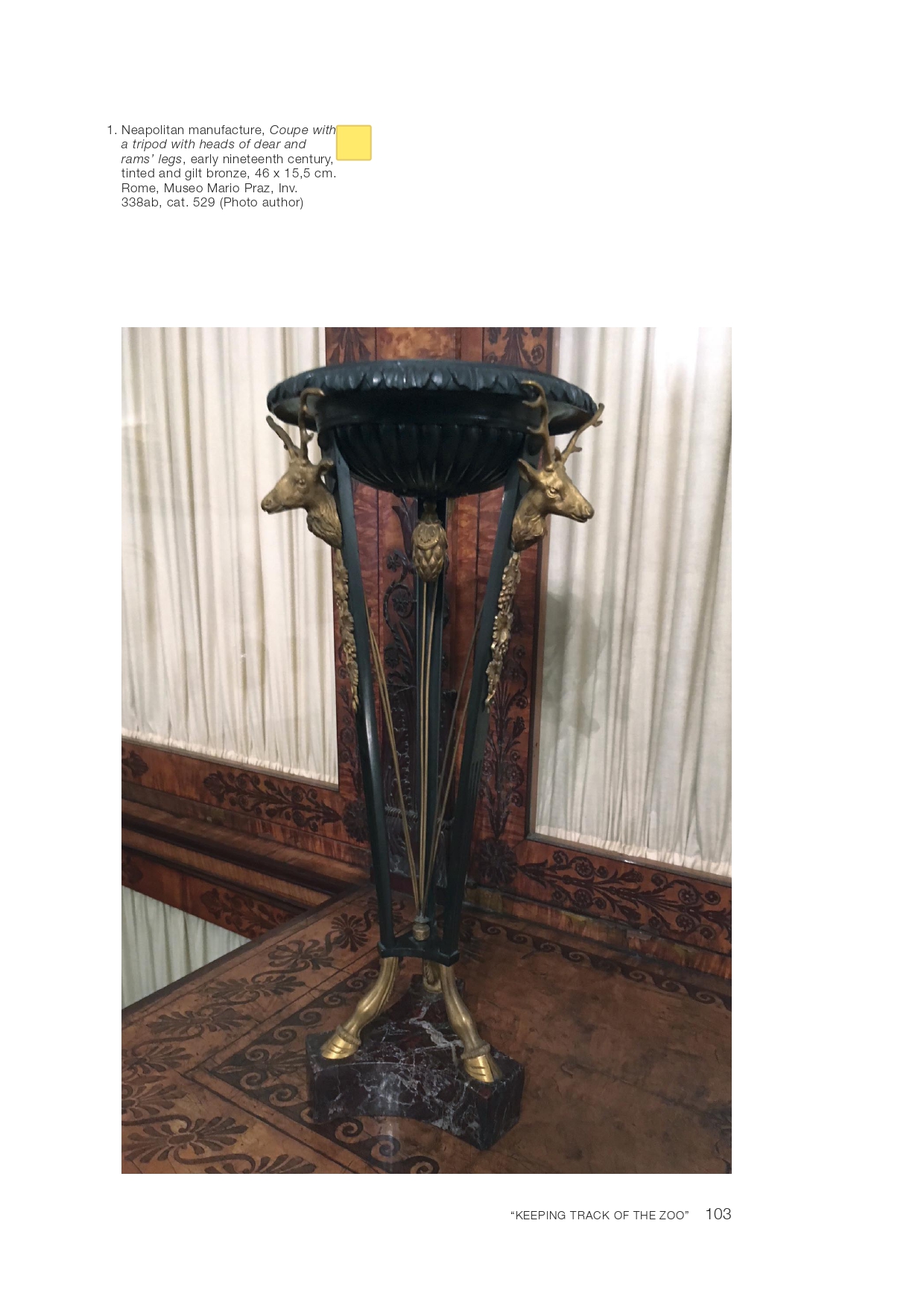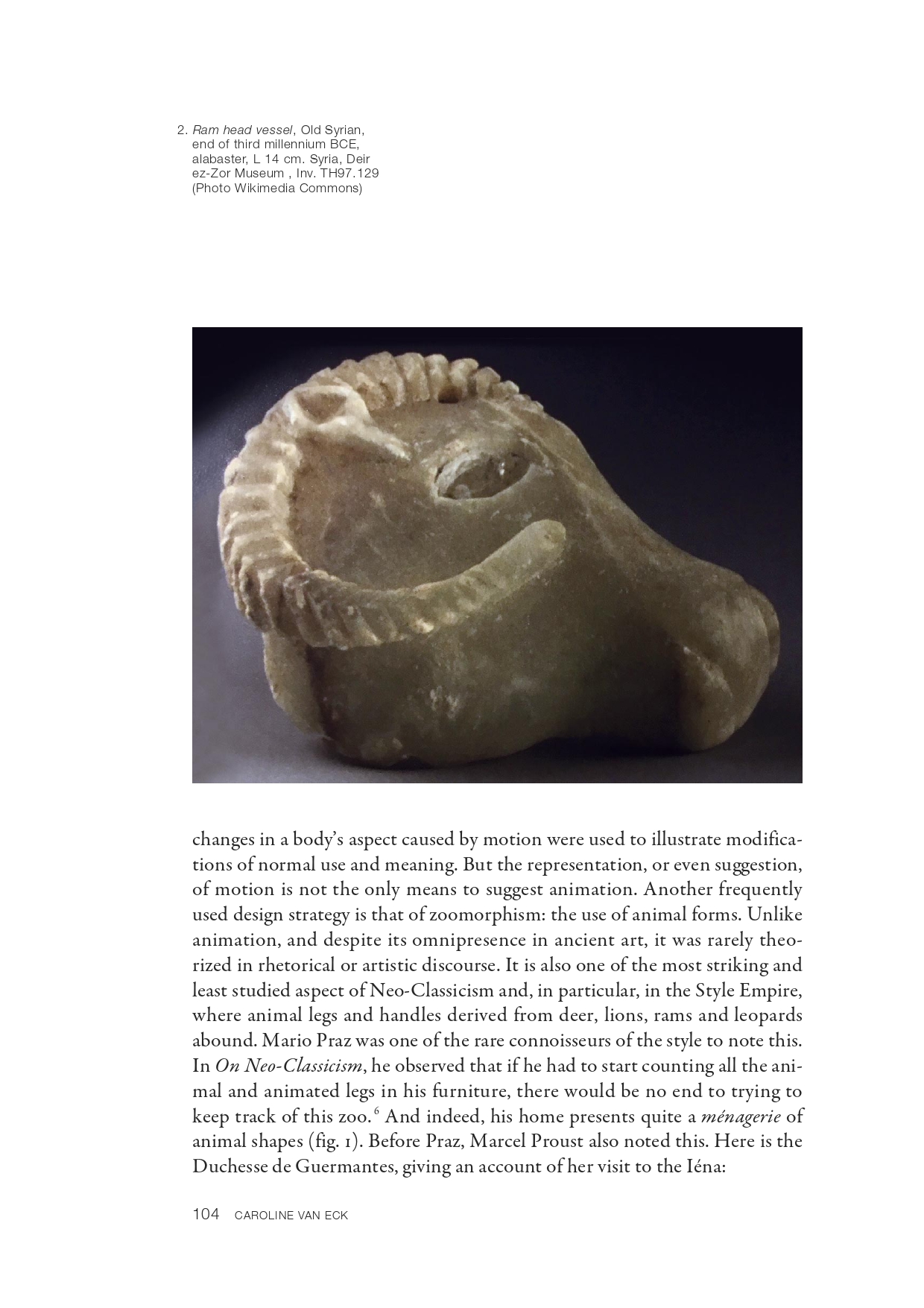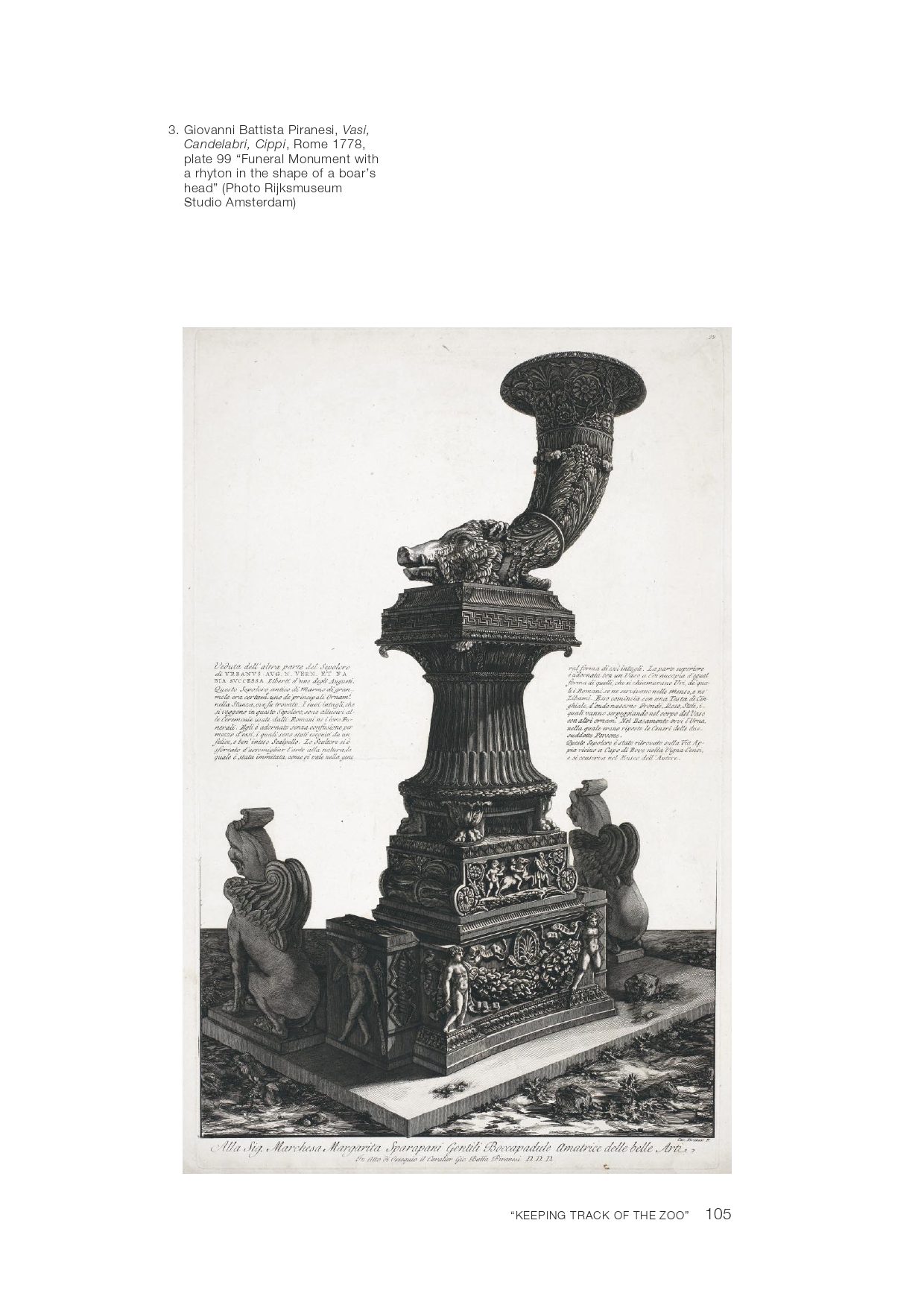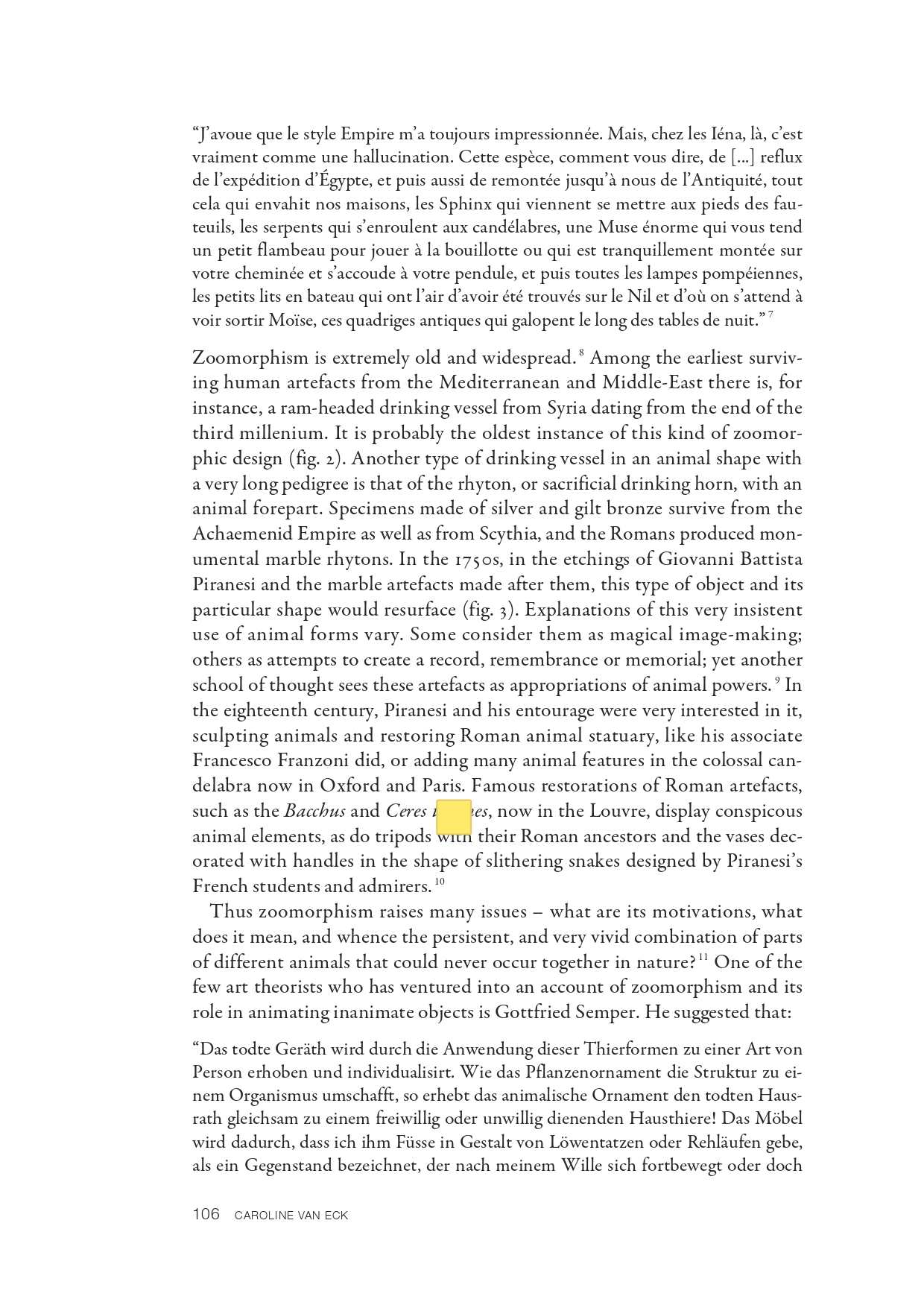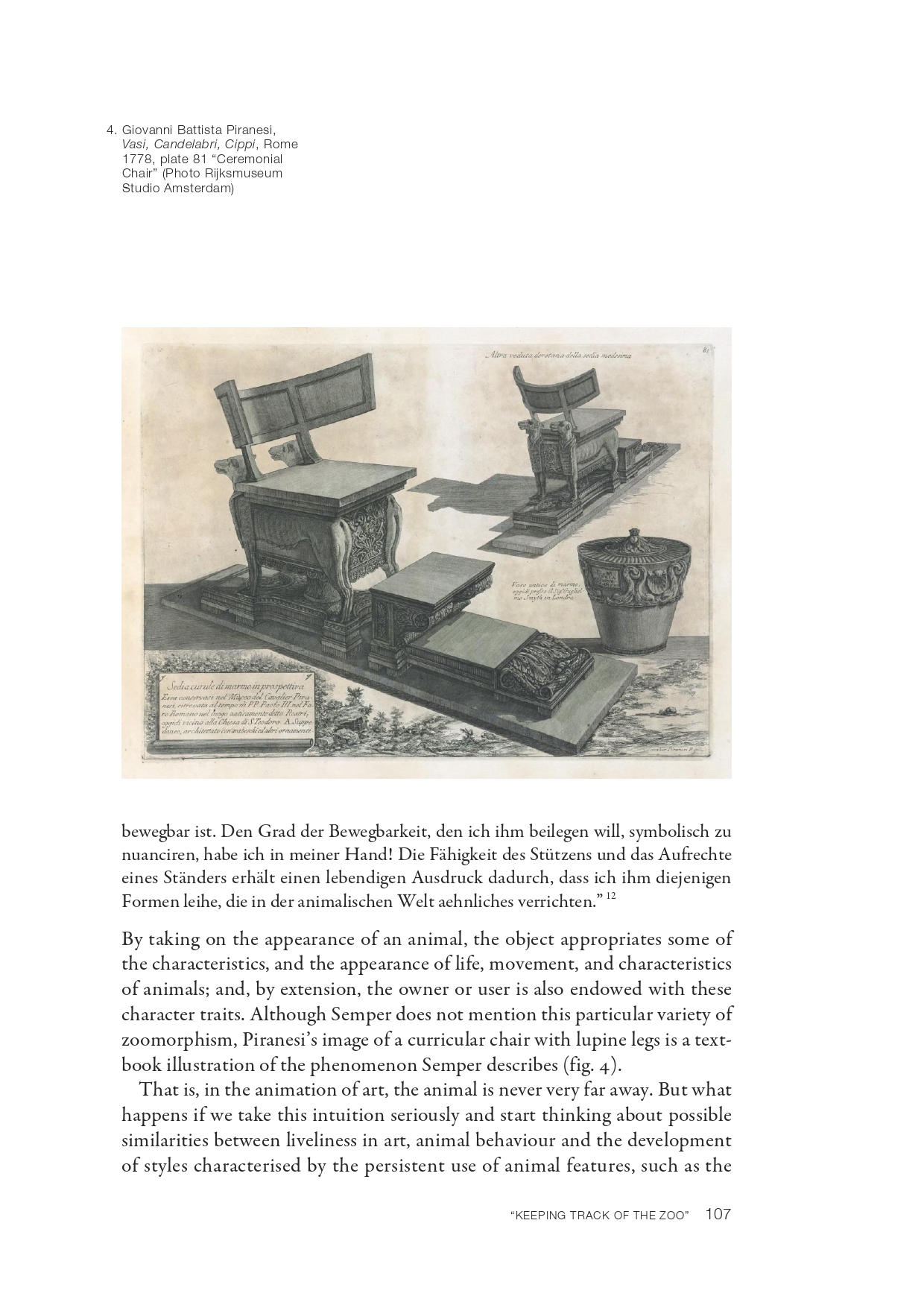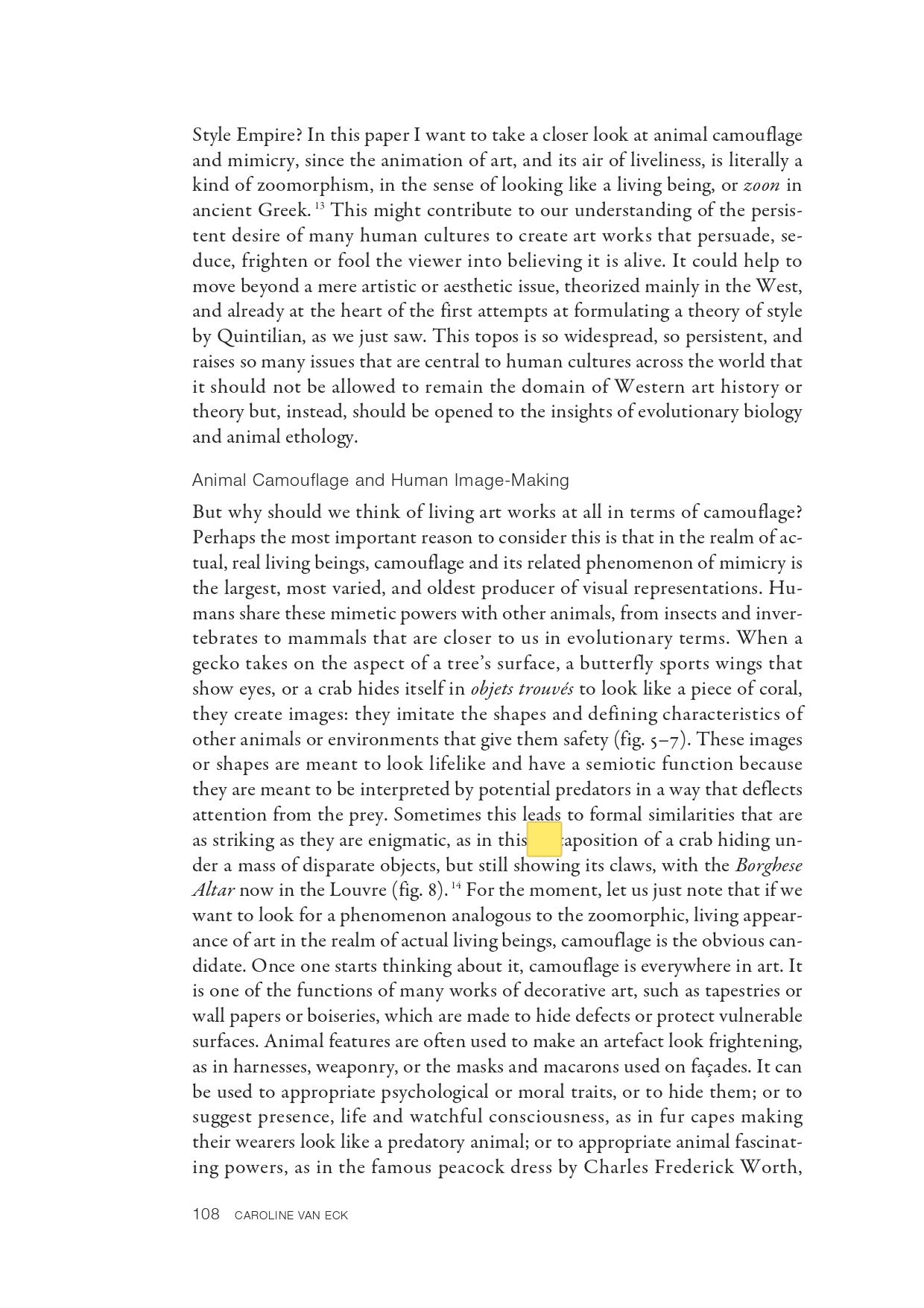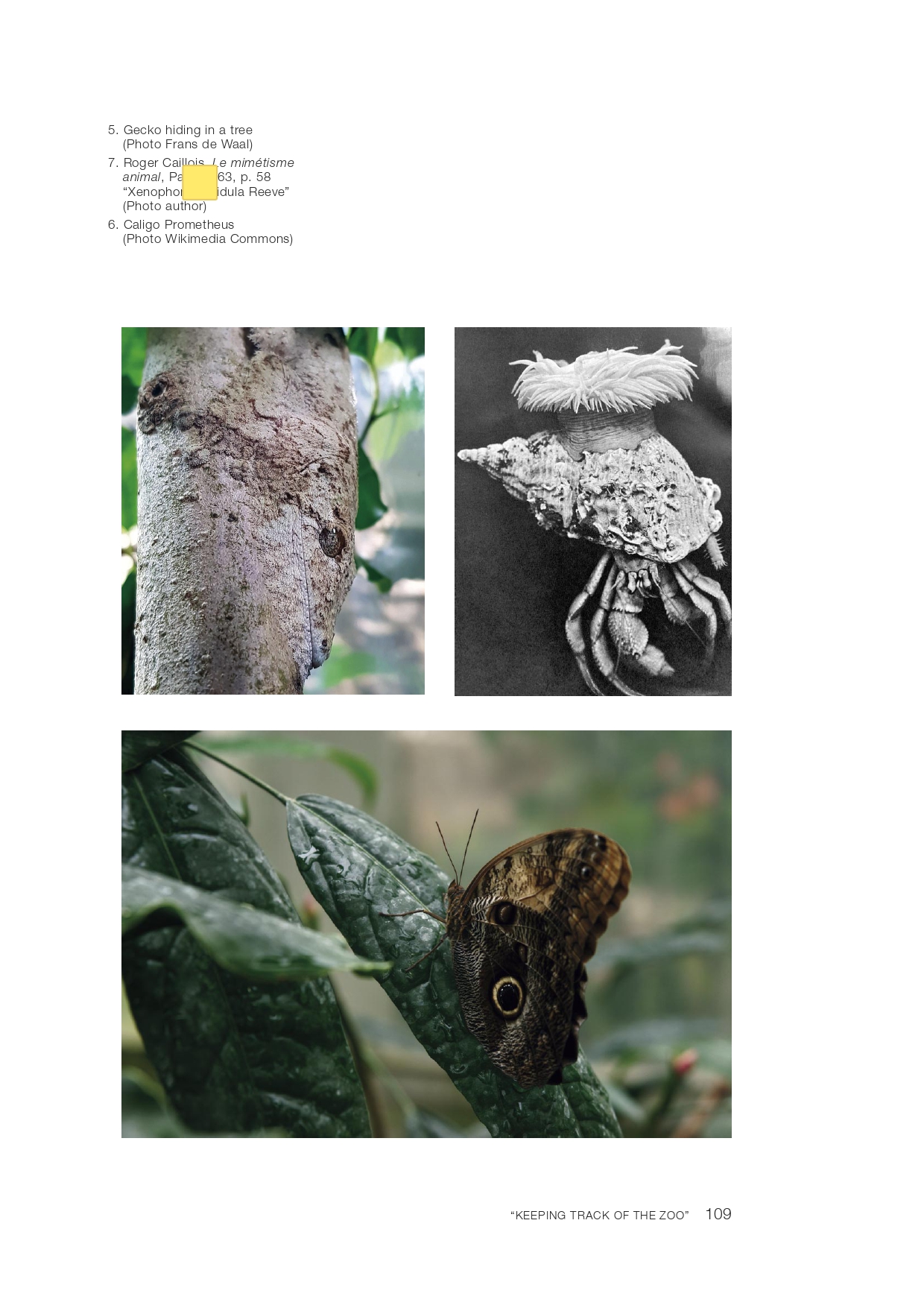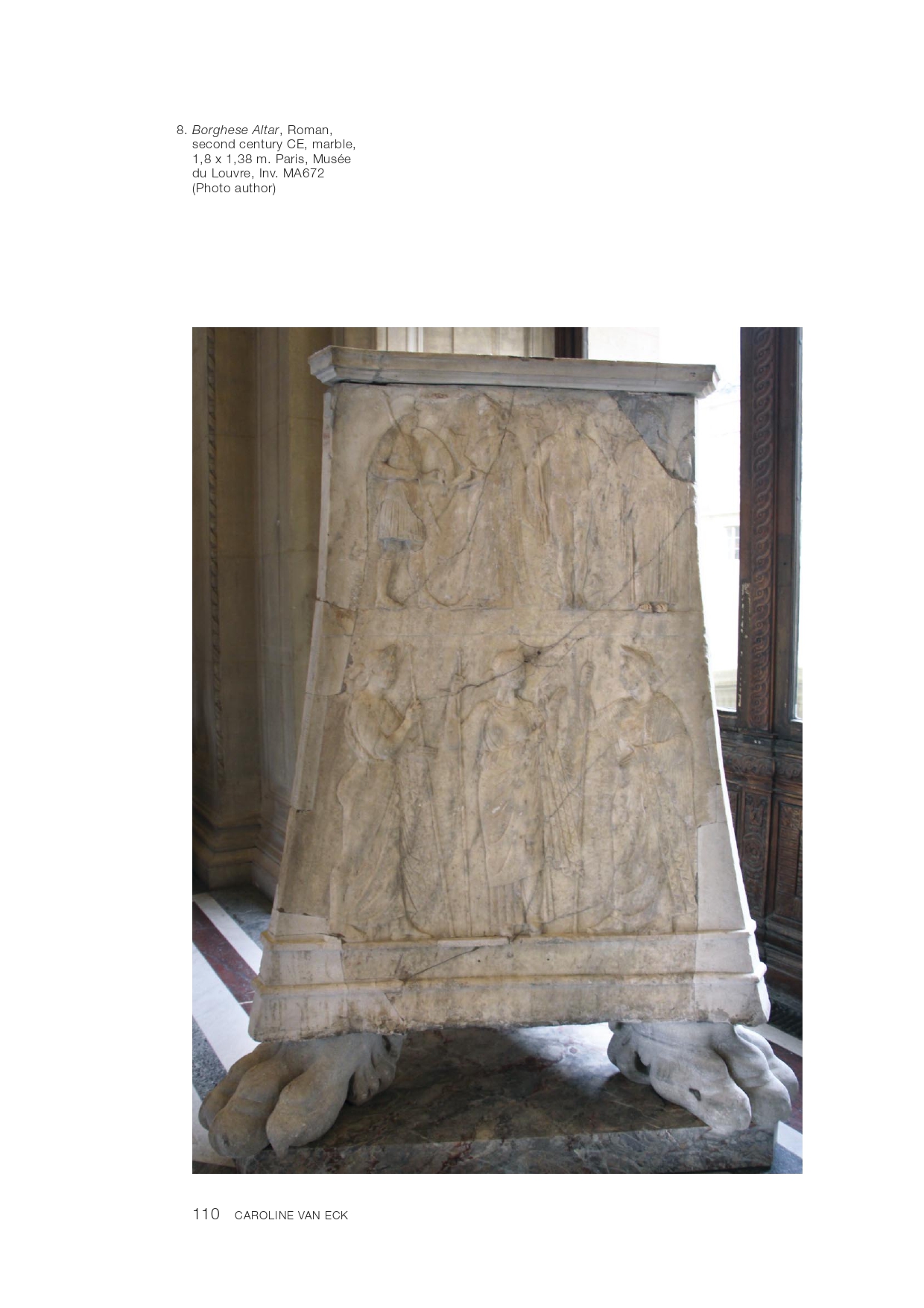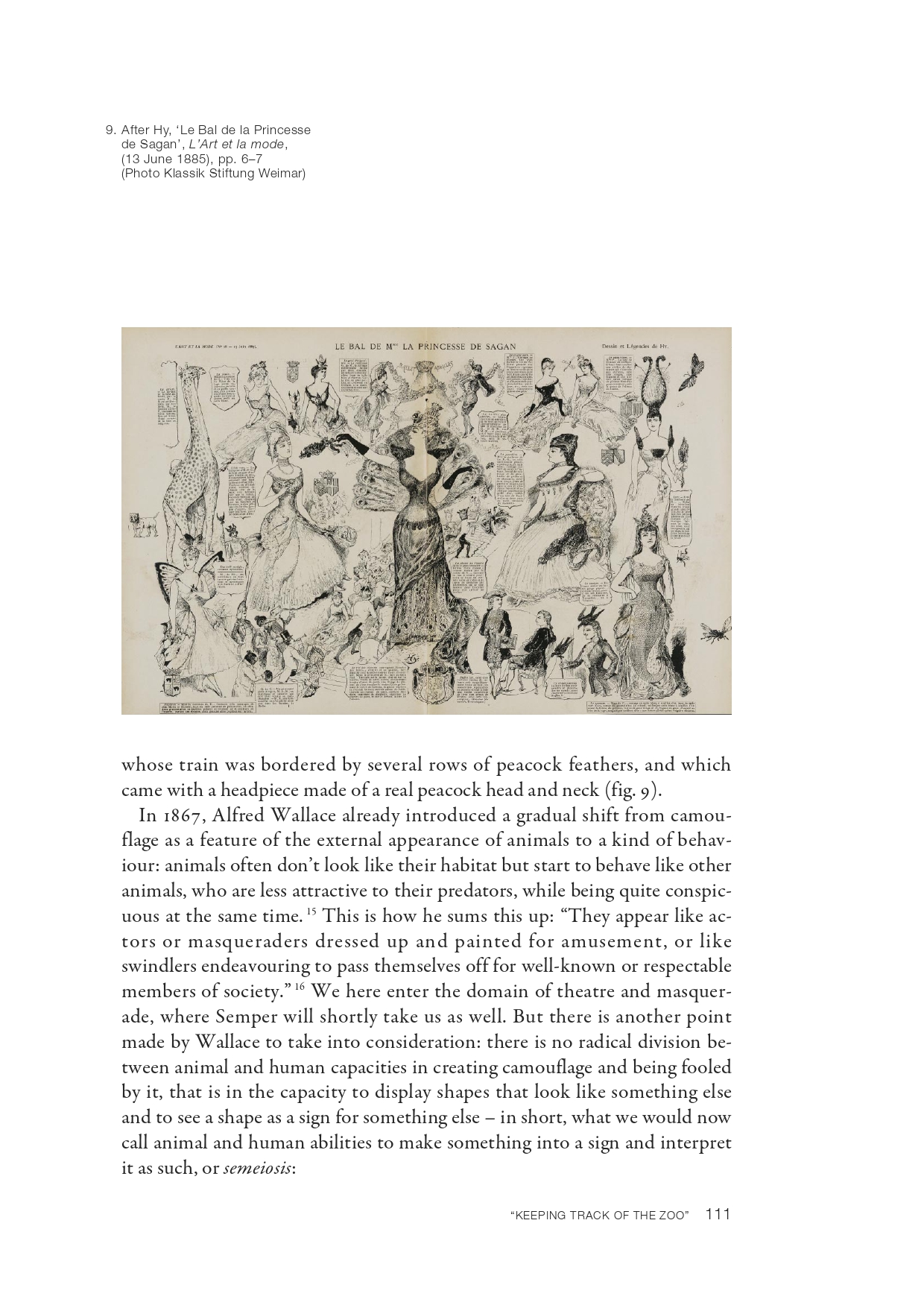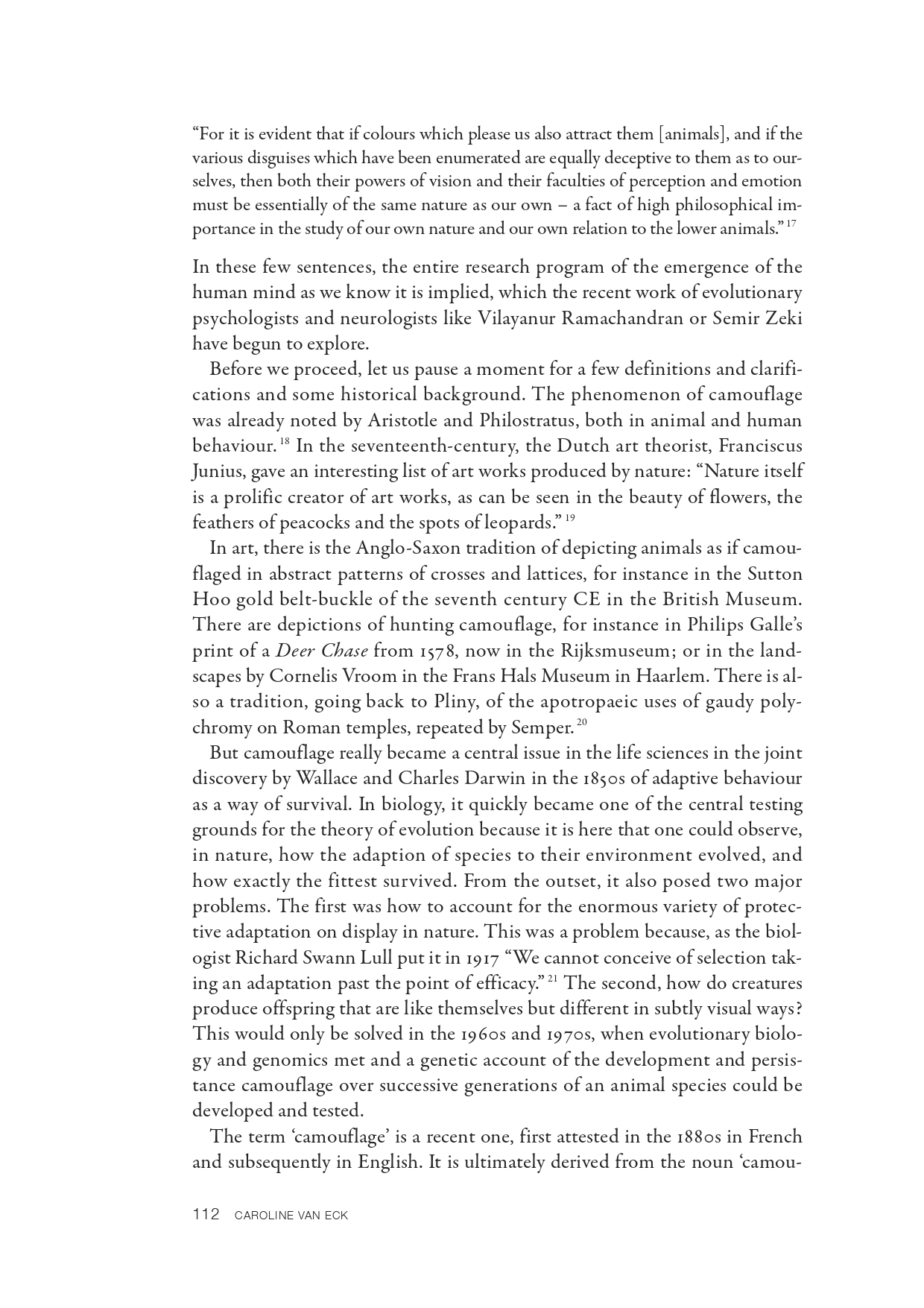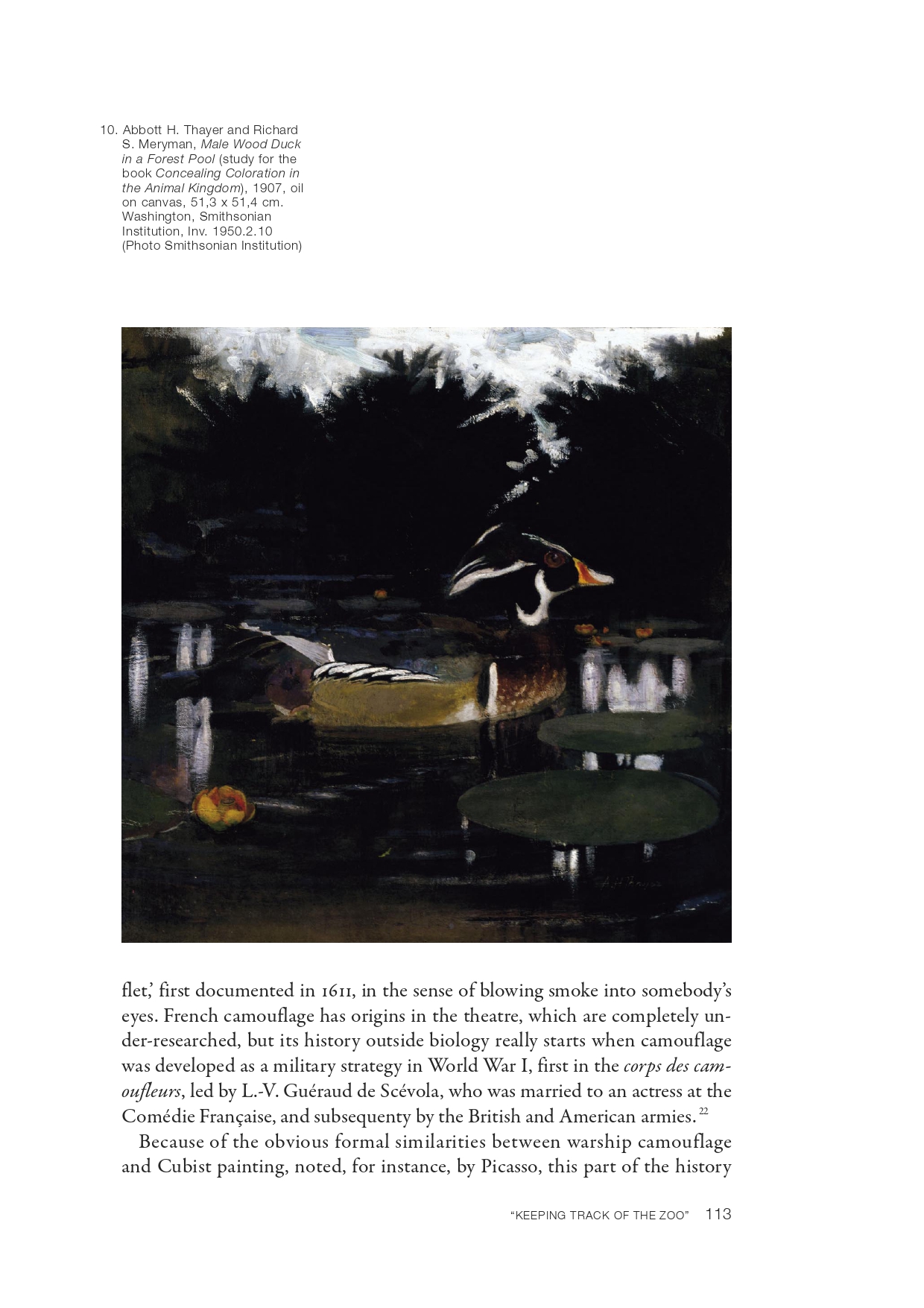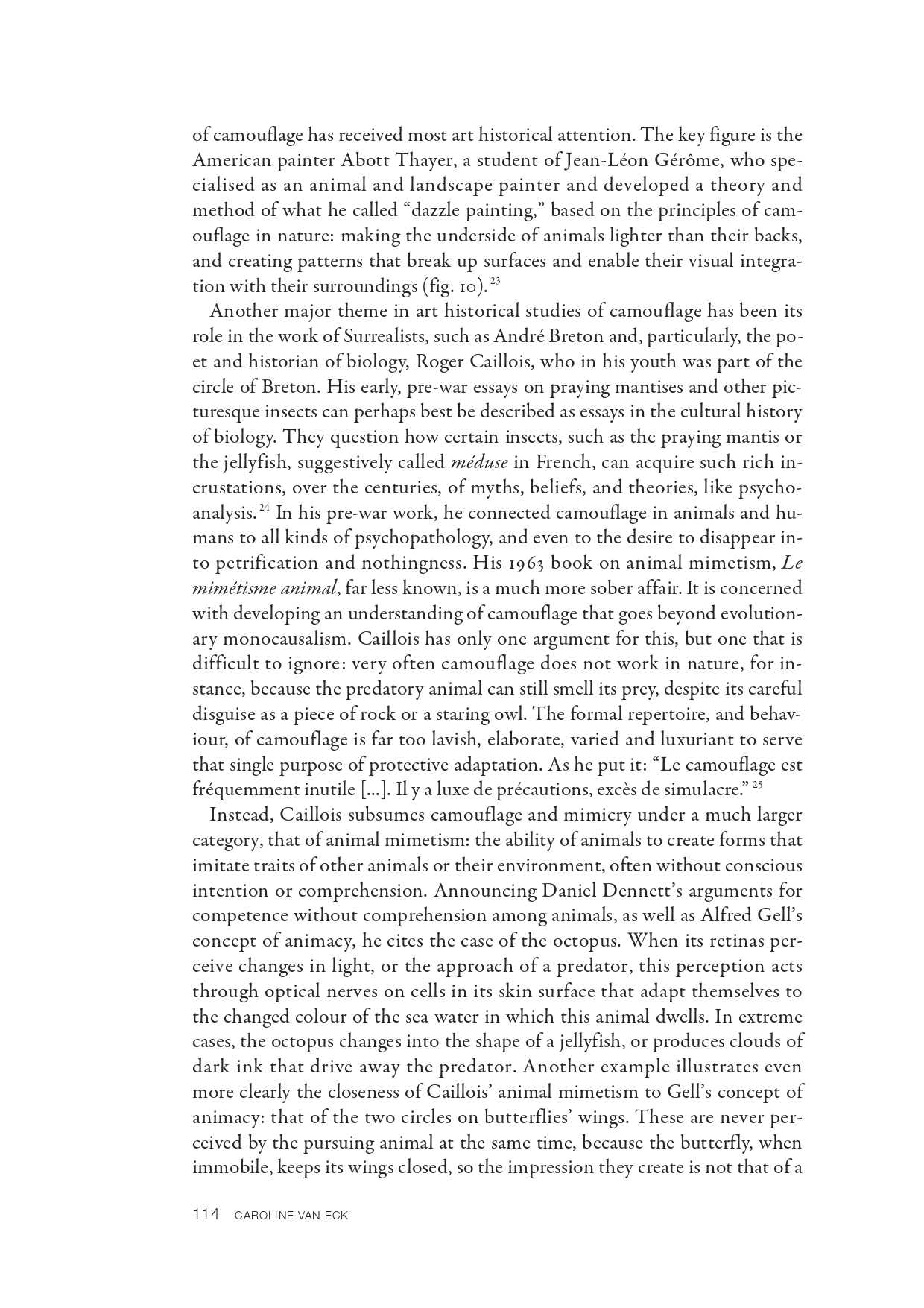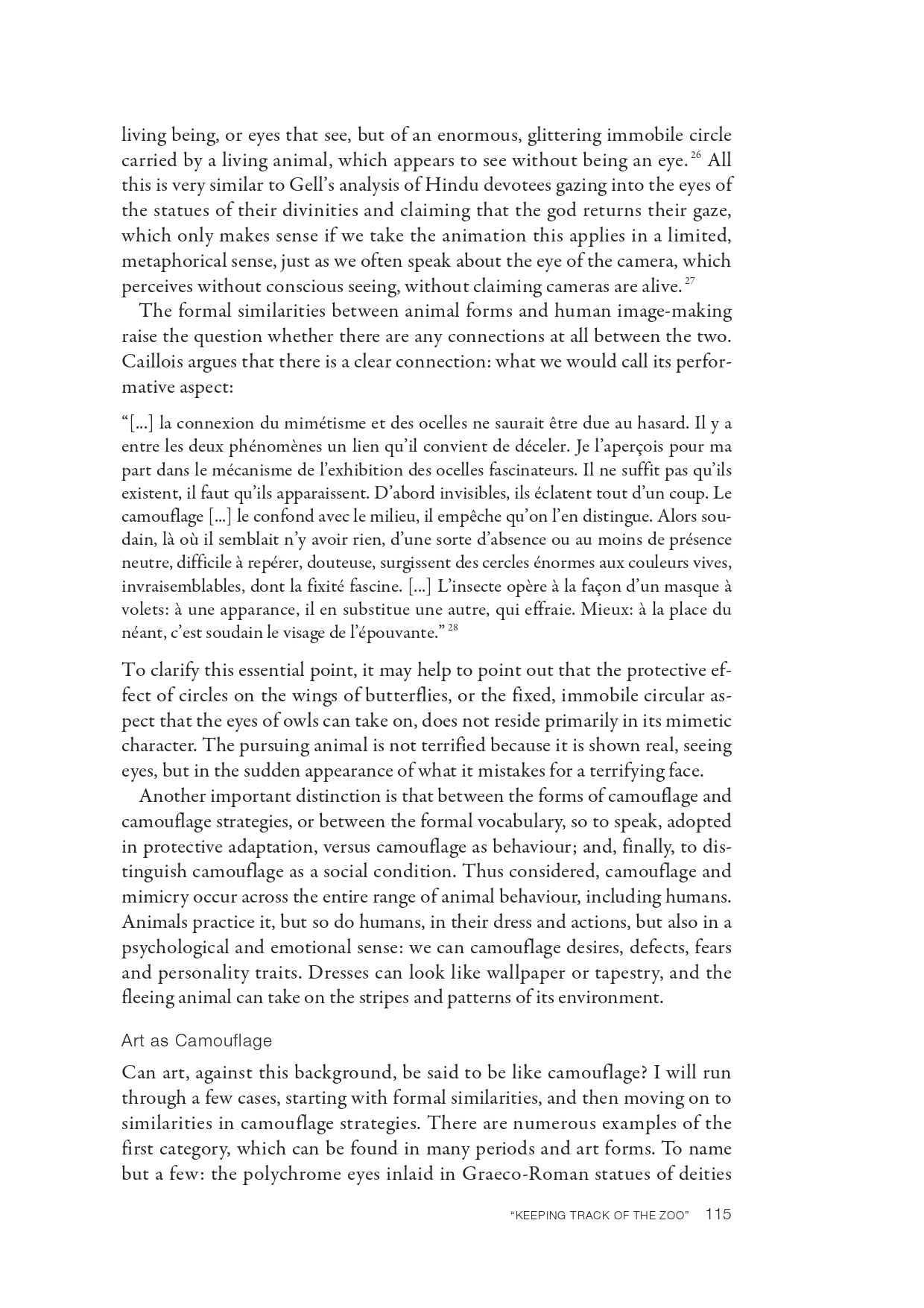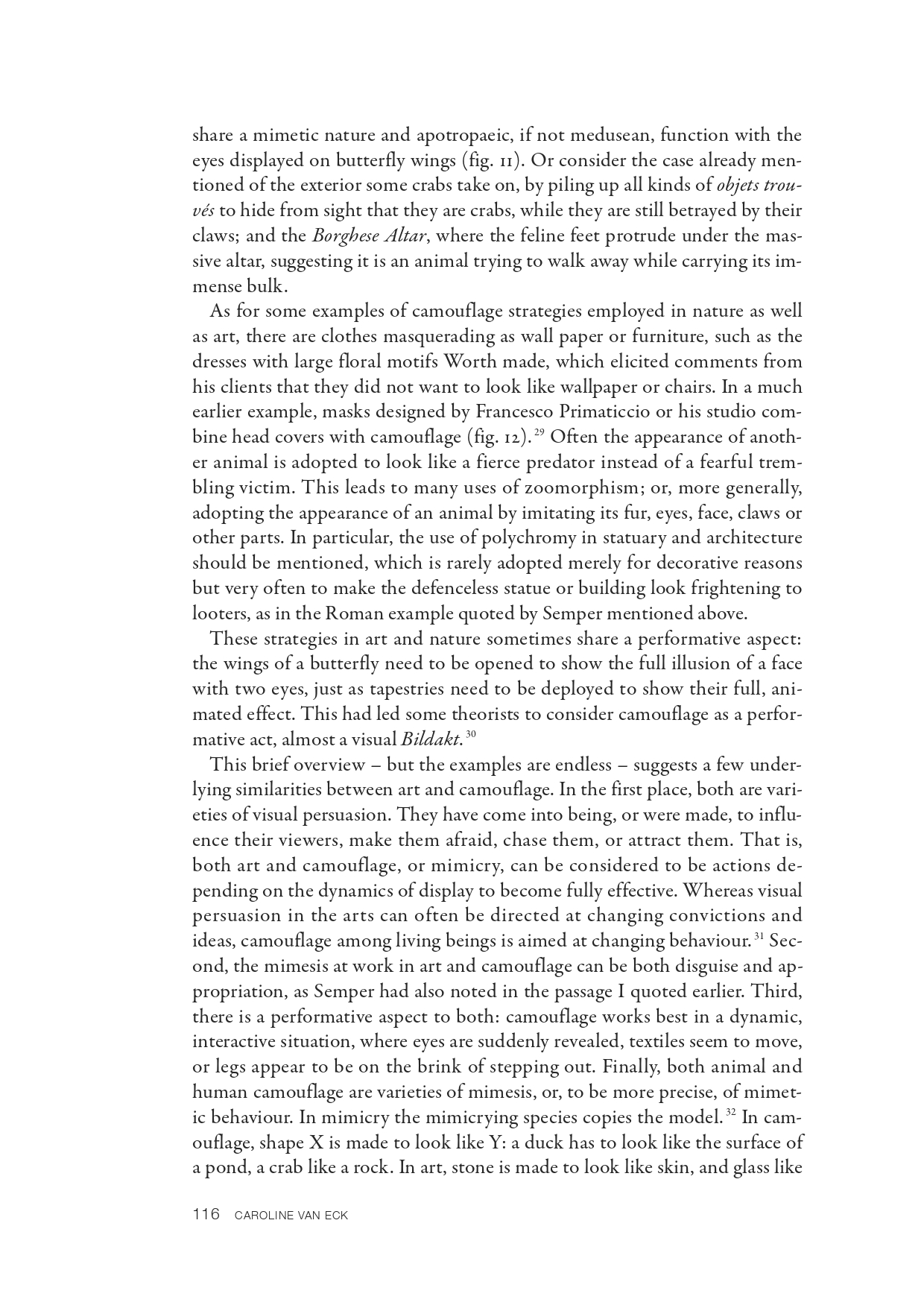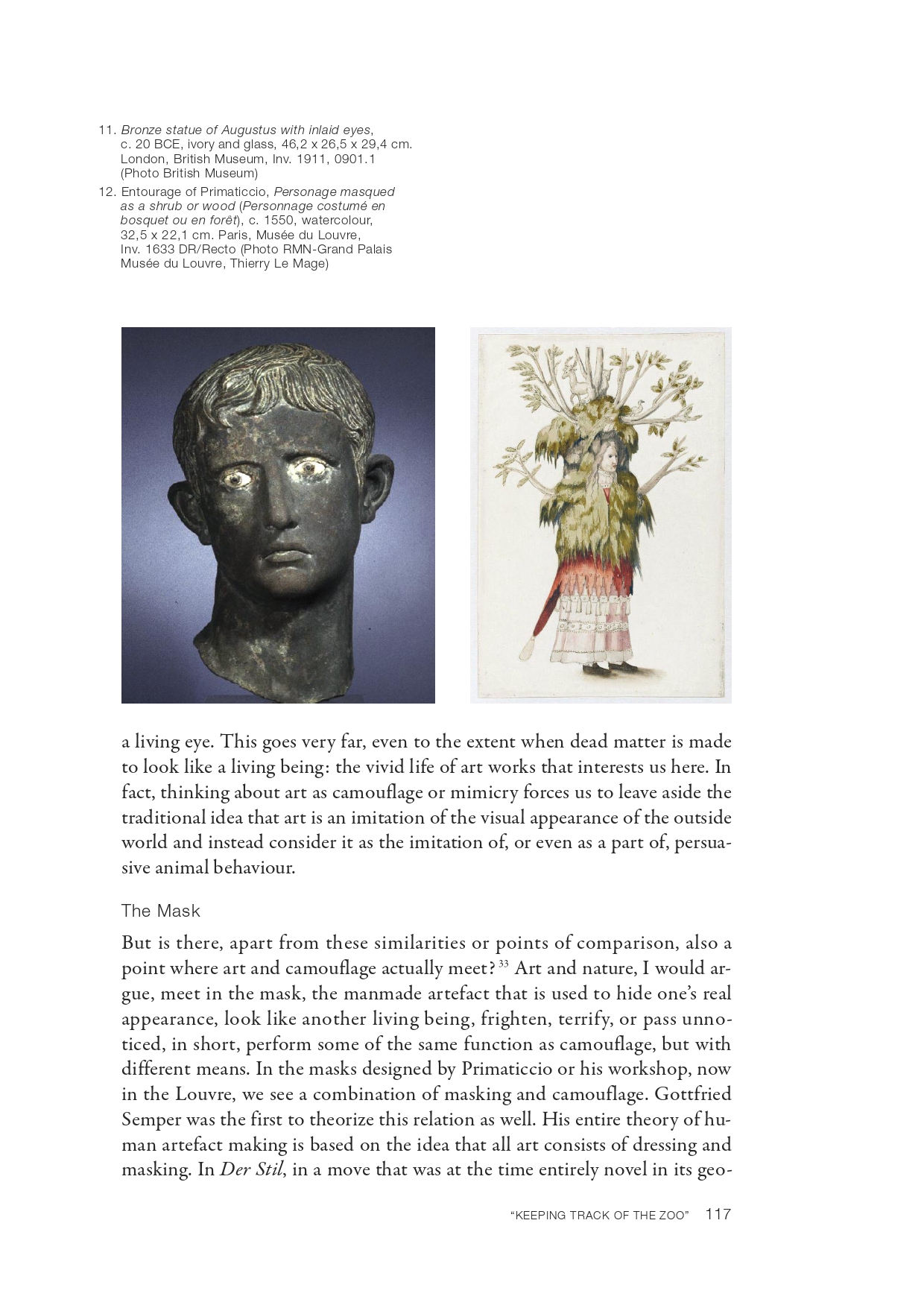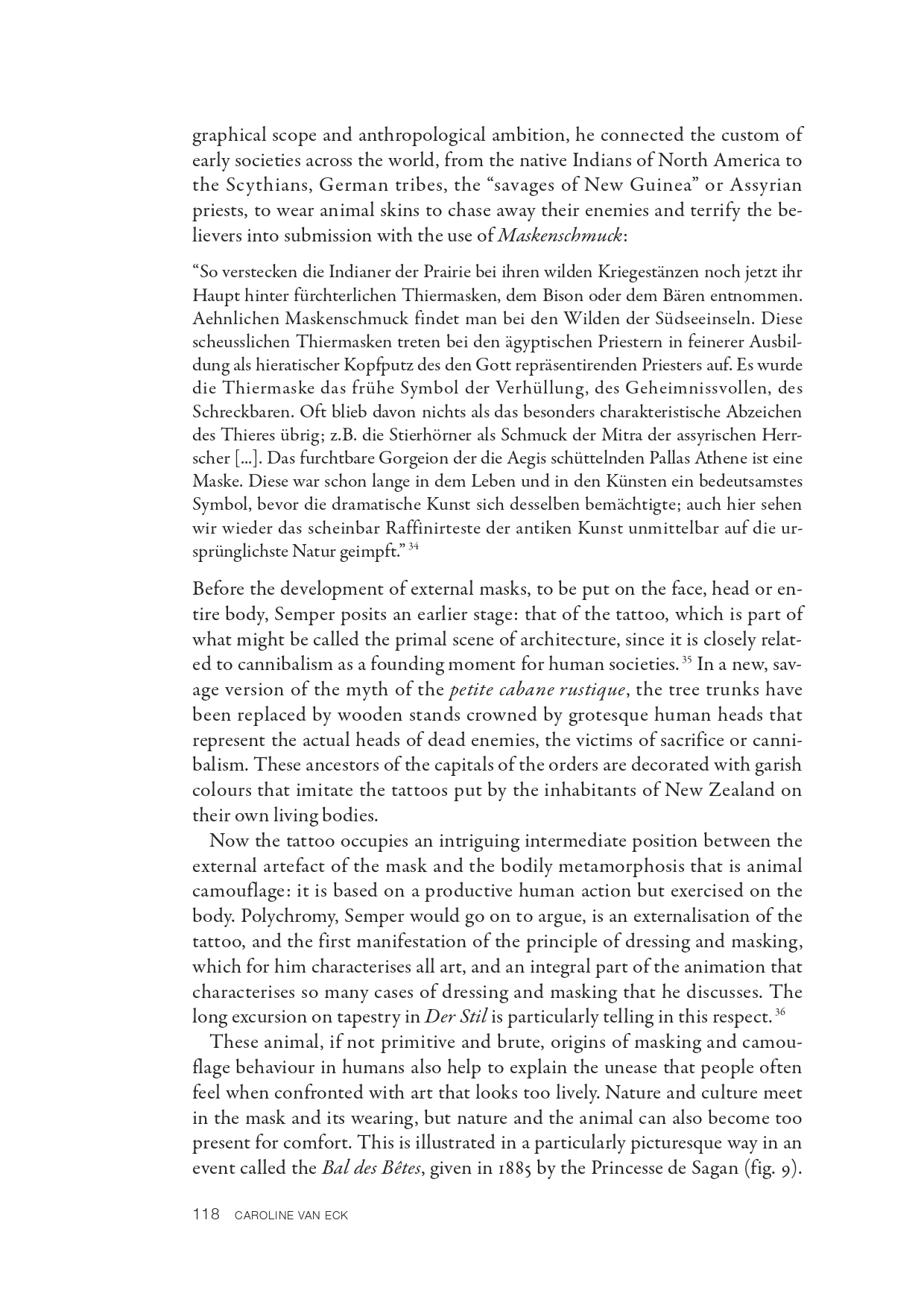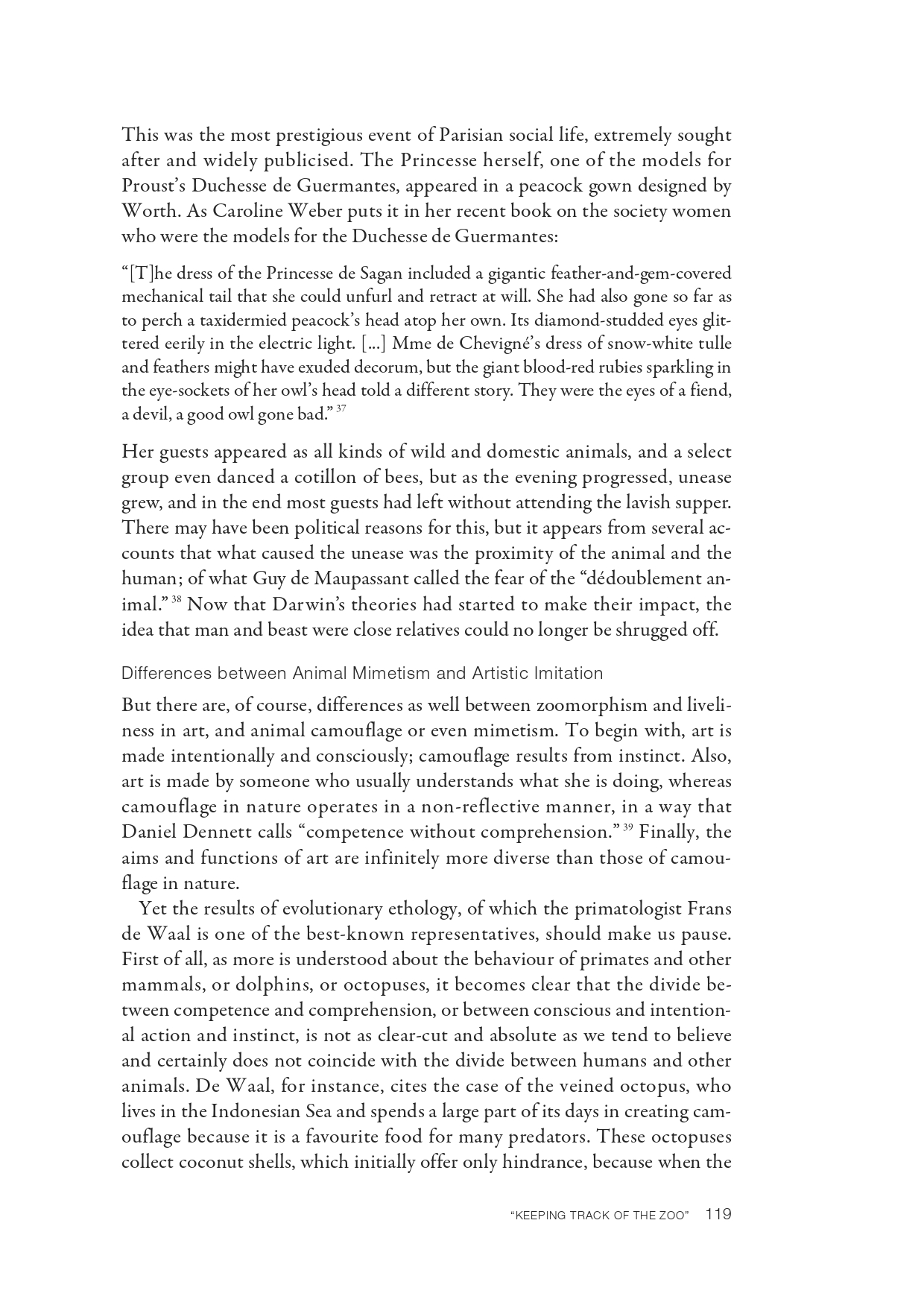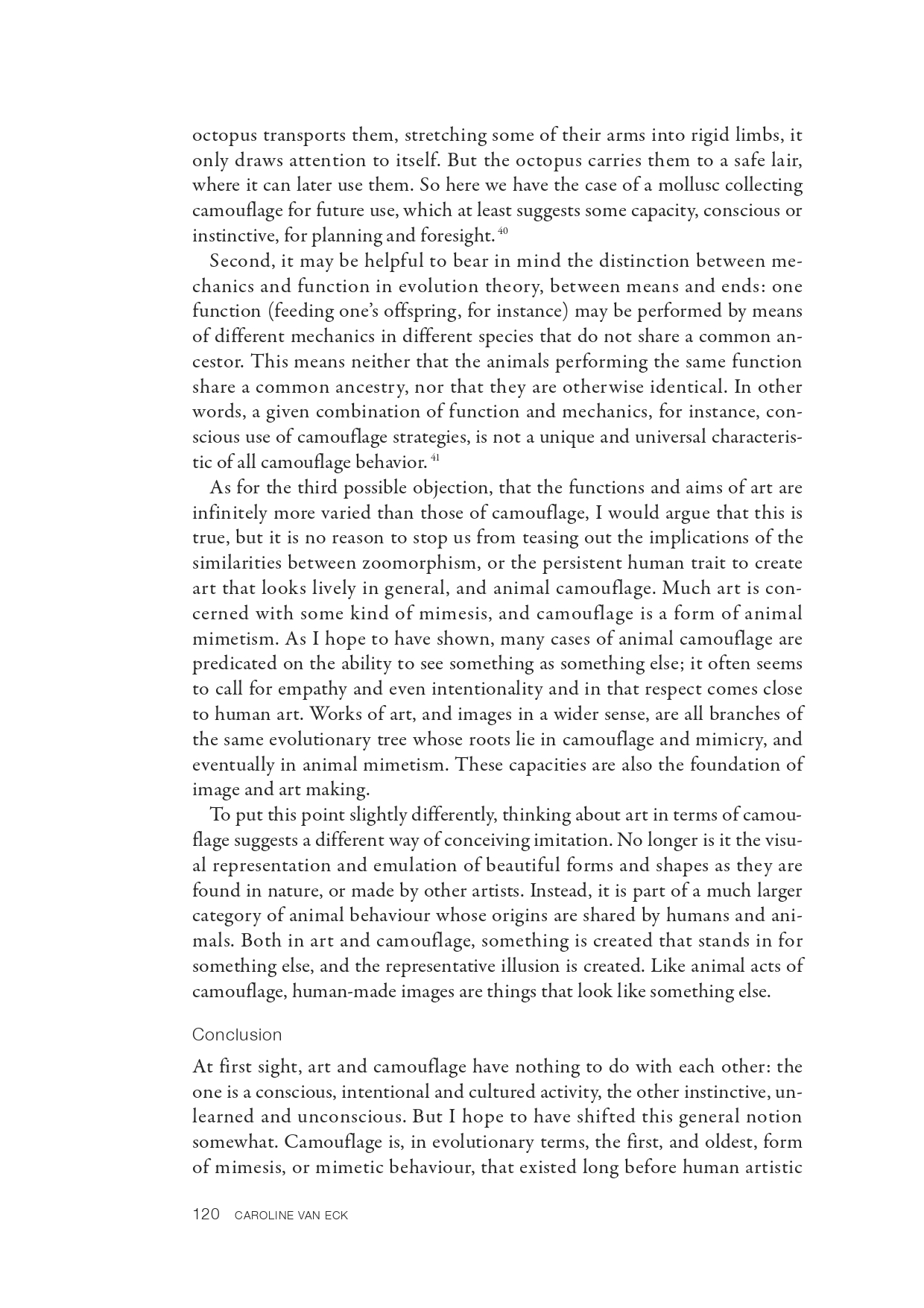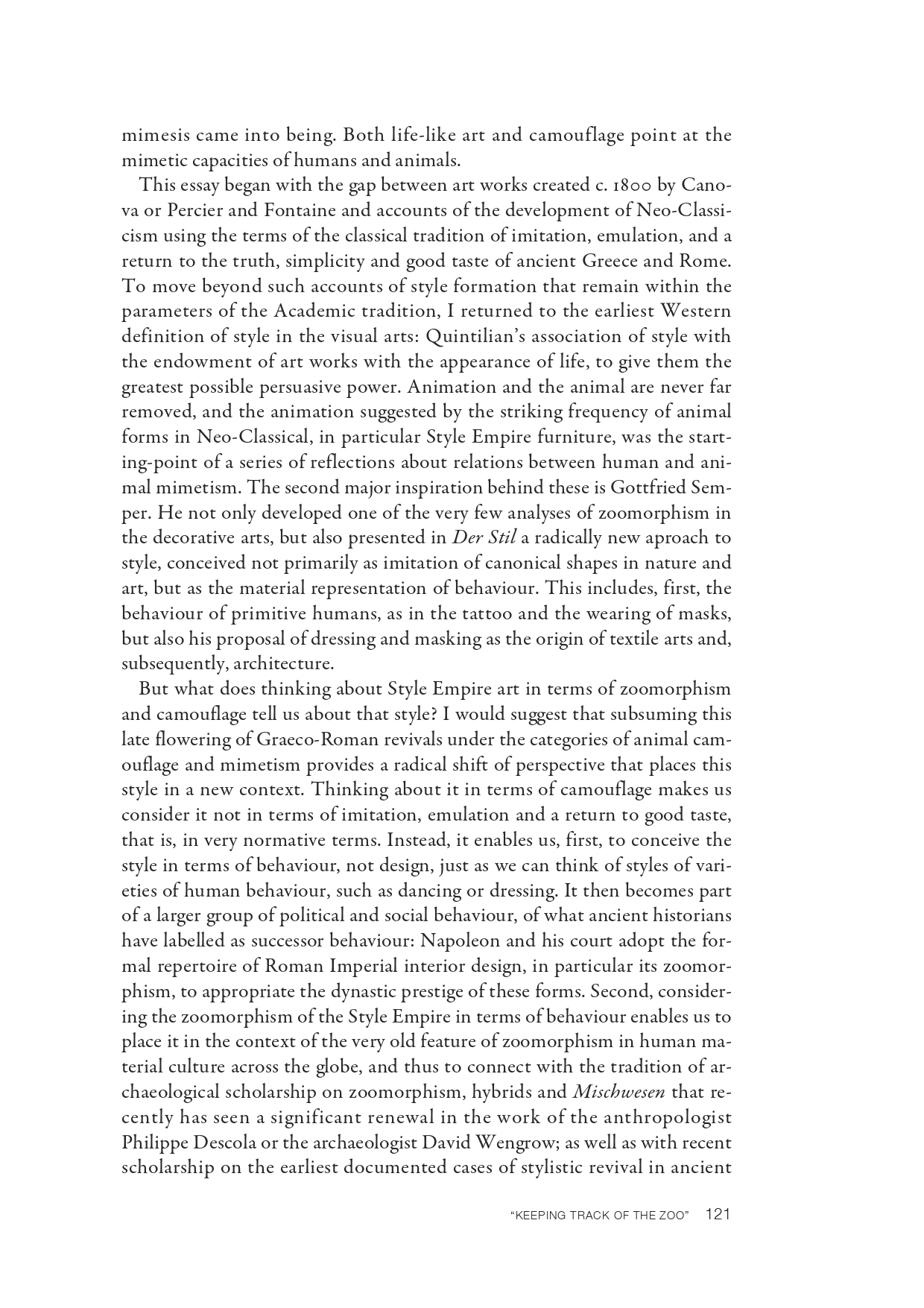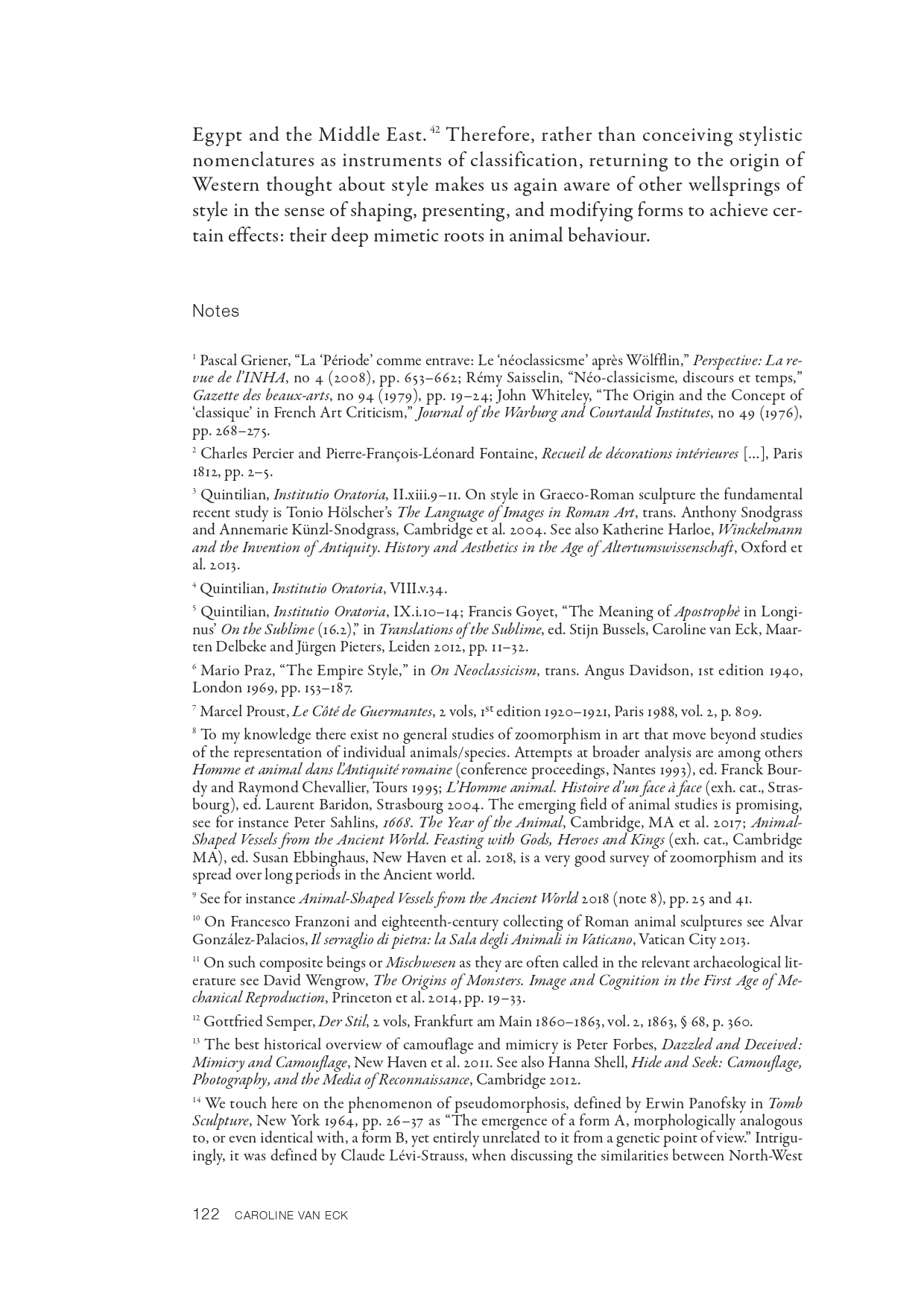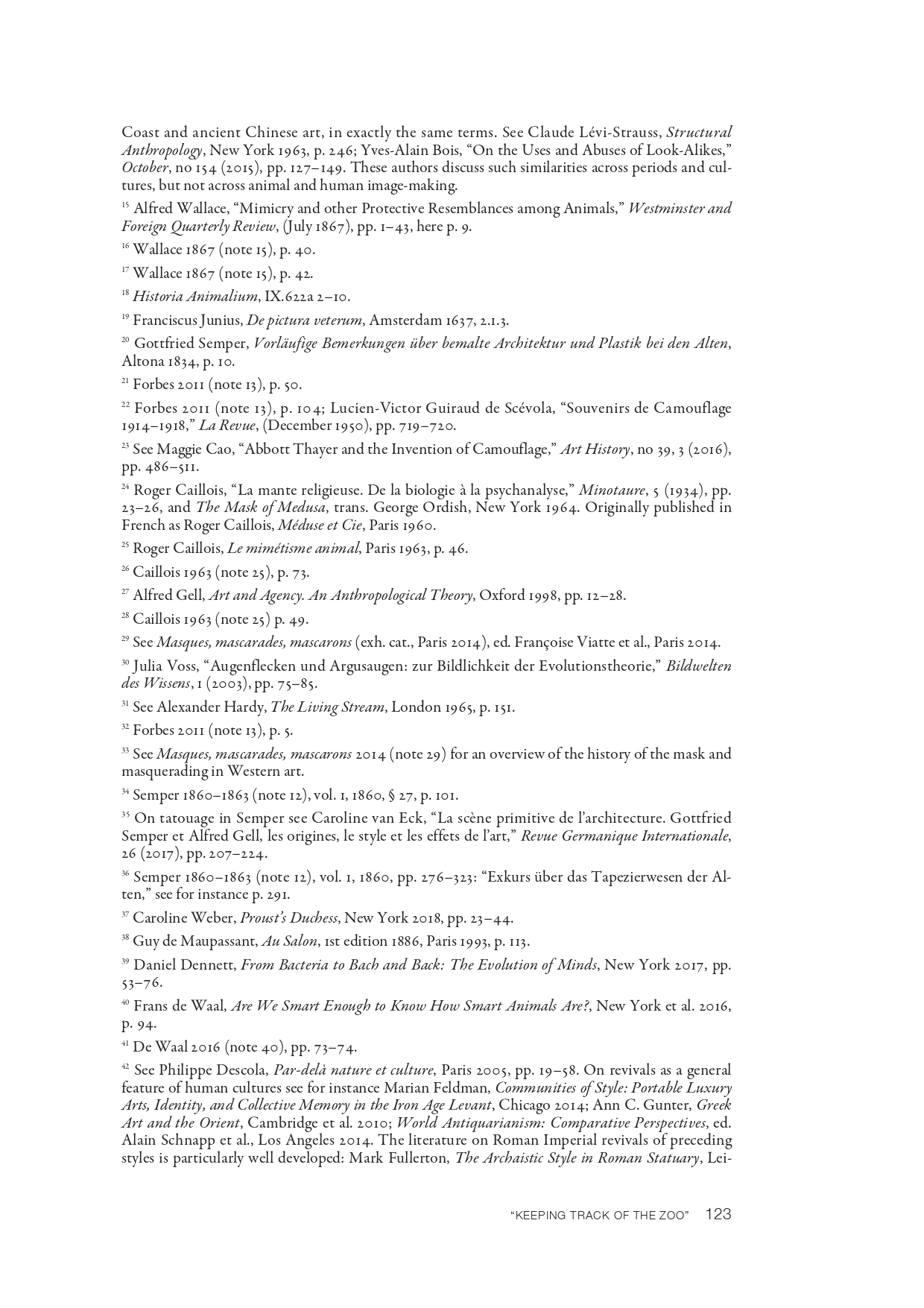Neo-Classicism, and in particular the Style Empire, is well-suited to revisit the role and meanings of stylistic nomenclature in art history, as well as the underlying historical process of style formation. It presents many features that make it suitable as a testcase for existing approaches to style, as well as offering starting points for a radical rethinking of its conceptual foundations. One of the last period style terms to be introduced, in the s, Neo-Classicism has been criticised because of its lack of fit with much art produced from to , and the complex relation of Neo-Classical art with its supposed Graeco-Roman models. This problem is compounded because accounts produced c. that draw on the Academic discourse of imitation and emulation have limited explanatory value. 1 Thus in the "Discours préliminaire" of the Recueil de décorations interieures by Charles Percier and Pierre-François-Léonard Fontaine, a return to the "vrai, simple et beau" of Roman and Greek art is repeatedly advocated. 2 But when one looks at their designs, they are often very beautiful, but rarely simple, and in fact present a very complex amalgam of Greek, Roman, and Pompeian shapes, different from antique models by their use of other, often more lustrous if not glittering materials, as well as by an approach to composition that subsequently would be called eclectic, another term with little explanatory value. To cite another example, Antonio Canova's statue of Pauline Borghese as Venus victorious () is often seen as one of the founding works of Neo-Classicism. Actually, it is a very free variation, or transformation, of the lost Aphrodite by Praxiteles, and the differences stand out more than the similarities with its Greek prototype. The goddess is lying on her side; more importantly, Canova took the unprecedented step to sculpt a living royal celebrity as a Greek goddess, in a considerable degree of undress. There are also significant technical innovations: the use of moulage à vif, and the application of layers of wax to give the marble surface the look of living human skin. So rather than following the account of Neo-Classicism initiated by artists such as Percier and Fontaine, let us return for a moment to the origins of «KEEPING TRACK OF THE ZOO» 101
